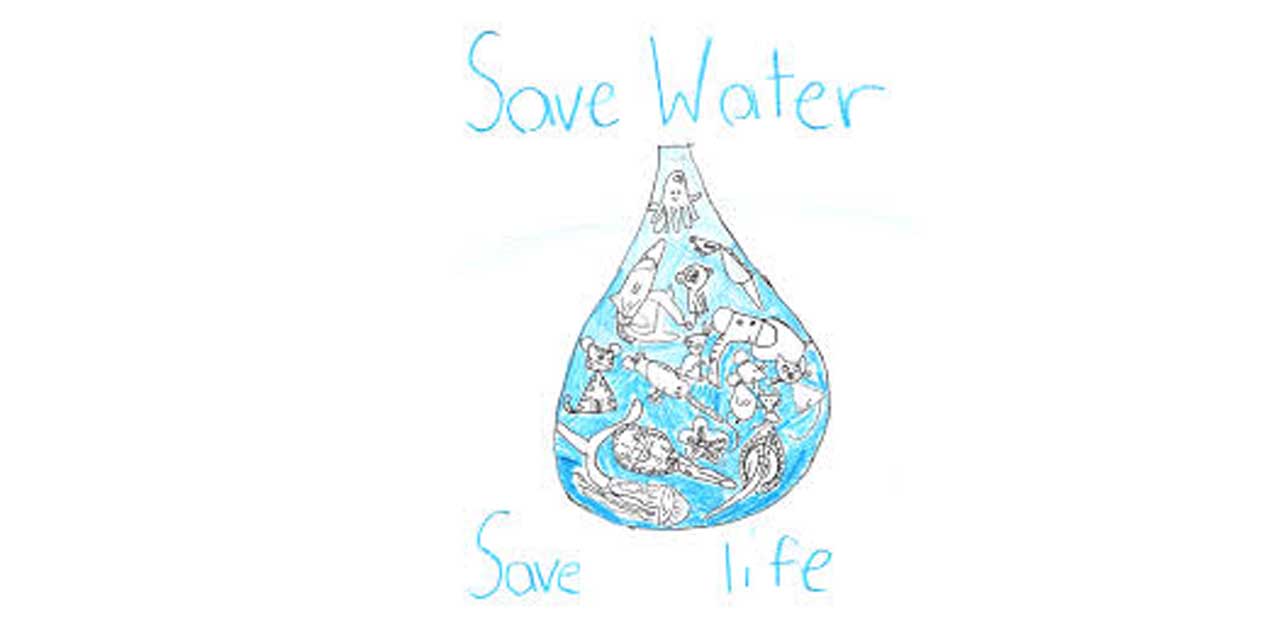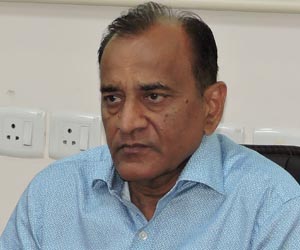One of the highlights of Government formation for a second time under the prime ministership of Narendra Modi was the creation of a new Jal Shakti Ministry. This was pursuant to the promise the Bharatiya Janata Party had made in its poll manifesto, named Sankalp Patra,that it would address all waters-related issues in a holistic and integrated manner. The new ministry has been mandated to synergise all activities that deal with this most critical natural resource, ranging from drinking water to irrigation to maintaining adequate levels in water bodies spread across the country, in the plains, hills and forests.
A complete integration could take some time, as various ministries are involved in the task. For instance, urban water supply is handled by the Ministry of Urban Development, whereas the conservation of most rivers is managed by the Ministry of Forests. Water projects for irrigation needs are handled by the Ministry of Agriculture. But a good beginning has been made with the creation of the Jal Shakti Ministry, and it is now for the officials concerned and the Minister in charge, Gajendra Singh Shekhawat, to take it the matter forward.
The new ministry has been created through the merger of the earlier Water Resources and Drinking Water and Sanitation portfolios. Its jurisdiction will also encompass the ambitious Namami Gangeproject, water-related disputes (both national and international). In his first term, Prime Minister Modi had hived off the clean Ganga project from the Ministry of Forests and added it to the Water Resources Ministry. The new decision is in continuation of the Government’s determination to not just maintain but enhance focus on a slew of water-related matters. The wide range of activities the Ministry of Jal Shakti has been saddled with, is, therefore, both a challenge and an opportunity for Shekhawat and his team. And these are many, ranging from increasing the effectiveness of the Namami Gange project to tackling the drinking water crisis staring the nation to widening the scope of irrigation facilities.
The Rs 20,000 crore Namami Gange had been launched during the first tenure of the Modi regime with an aim to clean the river Ganga by 2020. As many as 20 Memorandums of Understanding had been inked with various other ministries in a bid to synergise the activities for the common purpose. A National Mission for Clean Ganga had been activated and a National Ganga Council with the Prime Minister as its head was established. States were also incorporated into the project through what were camped the State Programme Management Groups. An Empowered Task forced headed by the Union Minister for Water Resources was also established. While the project has achieved considerable success, from all accounts a great deal could not be done. Issues of sewage treatment, restoring the flow of water, and the control of sludge remain unaddressed in large parts of the country serviced by the river. Besides, there has been the matter of cost overruns. There is no doubt that cleaning the Ganga is a mammoth task; the river stretches a massive 2,525 kilometres across many States. One of the reasons why Namami Gange has not worked to its potential is the failure of coordination between various ministries and agencies involved in the project. The creation of the Jal Shakti Ministry should be able to tackle this lacuna.
Several national and international agencies have repeatedly warned that India faced a severe drinking water issue. Although it is among the top countries with abundant water bodies, it is also among the world’s most water-stressed. According to a recent World Bank report, availability of water in the country has fallen nearly 400 per cent in the last 60 years. Other reports forecast that more than 600 million Indians will face an acute water shortage in the coming decade; 21 cities would be so stressed that they would face a shutdown. For those who live in perpetual optimism by failing to see the writing on the wall and ridiculing the prospect of parts of the country running out of water, here is a chilling reminder: Cape Town in South Africa made headlines a few months ago by becoming the first major city to actually run out of water. There is no reason why an Indian city will not follow suit if corrective measures are not taken. Already, one in four Indians in rural India does not have access to adequate volume (40 litres per person per day) of clean water. The capita availability has been declining since 2000; it was 1.82 million litres per day and has now slumped to 1.45 million. The situation in urban regions is no better. Although much of urban India has access to drinking water, the piped supply is at best irregular and the water it offers is unsafe for drinking due to the high concentration of pollutants.
Towards the middle of 2018, the Niti Aayog had released the results of a study which warned that demand would outstrip supply for potable water by 2030 if steps were not immediately taken to meet the challenge head-on. Terming it the “worst” water crisis in the country’s history, the report noted that nearly 600 million Indians faced high to extreme water stress and some 2,00,000 people died every year due to inadequate access to safe drinking water. The report added that 21 cities, including Delhi, Bengaluru, Chennai and Hyderabad, would run out of groundwater by 2020, impacting about 100 million people. All of these put together, the findings said, would result in a six per cent loss in the country’s gross Domestic Product (GDP) by 2050. The Niti Aayog report had more chilling data. Groundwater resources, which account for 40 per cent of the country’s water supply, were being depleted at “unsustainable” rates. Satellite data put out by NASA indicate that India’s water table continues to decline at an alarming rate — 0.3 metre per year. At this level, the country will have just 22 per cent of the present daily per capita water available in 2050, possibly leading to the hitherto unbelievable prospect of the country importing water to meet its needs.
Nearly 70 per cent of the water supply was contaminated. Sixty per cent of the States were deemed as “low performers” in managing their water resources. The findings threw up an interesting aspect: Quite a few of the “high or medium performers” were States that had faced droughts or drought-like situations, which means that lack of water was not a necessary ground for the critical situation - the failure to conserve the resource was, and has so it been. Unfortunately, States such as Uttar Pradesh, Haryana and Bihar, which are blessed with major rivers, and are home to close to half the nation’s population and provide a bulk of its agricultural produce, have been ranked the lowest in matters of water conservation.
The Jal Shakti Ministry has its task cut out elsewhere too. While big dams have served a purpose — and continue to do so — there is an acute need to develop small water bodies in river basins. The World Bank, in its report titled, ‘India’s Water Economy: Bracing for a Turbulent Future (2006)’, dams in India have a capacity to store only about 30 days of rainfall, whereas river basins in arid areas developed nations can store up to 900 days of rainfall. The country, thus, needs, more of small water bodies (tanks, for instance). Over the years, smaller water bodies have either been encroached upon or neglected to the extent that these water bodies have fallen into disrepair. In one of its reports (the 16th report), the Standing Committee on Water Resources had highlighted that only 4.71 lakh of the 5.56 lakh water tanks in the country were functional.
It is obvious to even a cursory observer of the subject that besides enhanced storage facilities, demand-and-supply management holds the key to warding off the looming crisis. This is especially true in the agricultural sector, which consumes over 85 per cent of the water available in the country. Experts have been talking of the need for a shift from water-intensive crops to less water-consuming ones, and from traditional means of irrigation to the drip irrigation system. While India has gone up in world rankings in various areas, including ease of doing business and in social sectors, it is placed at a pitiful 120 among 122 countries in the water quality index. Need anything more be said?
(The writer is an author, senior political commentator and public affairs analyst)
Image Source: https://encrypted-tbn0.gstatic.com/images?q=tbn:ANd9GcQZtwBDU9fa0YVTc6OKg_VAr6V7mtTxZYlsuOMESmNYydtGZrROZA










Post new comment